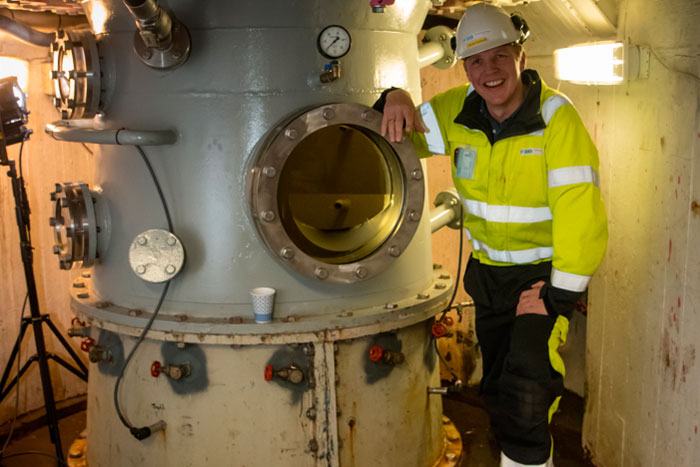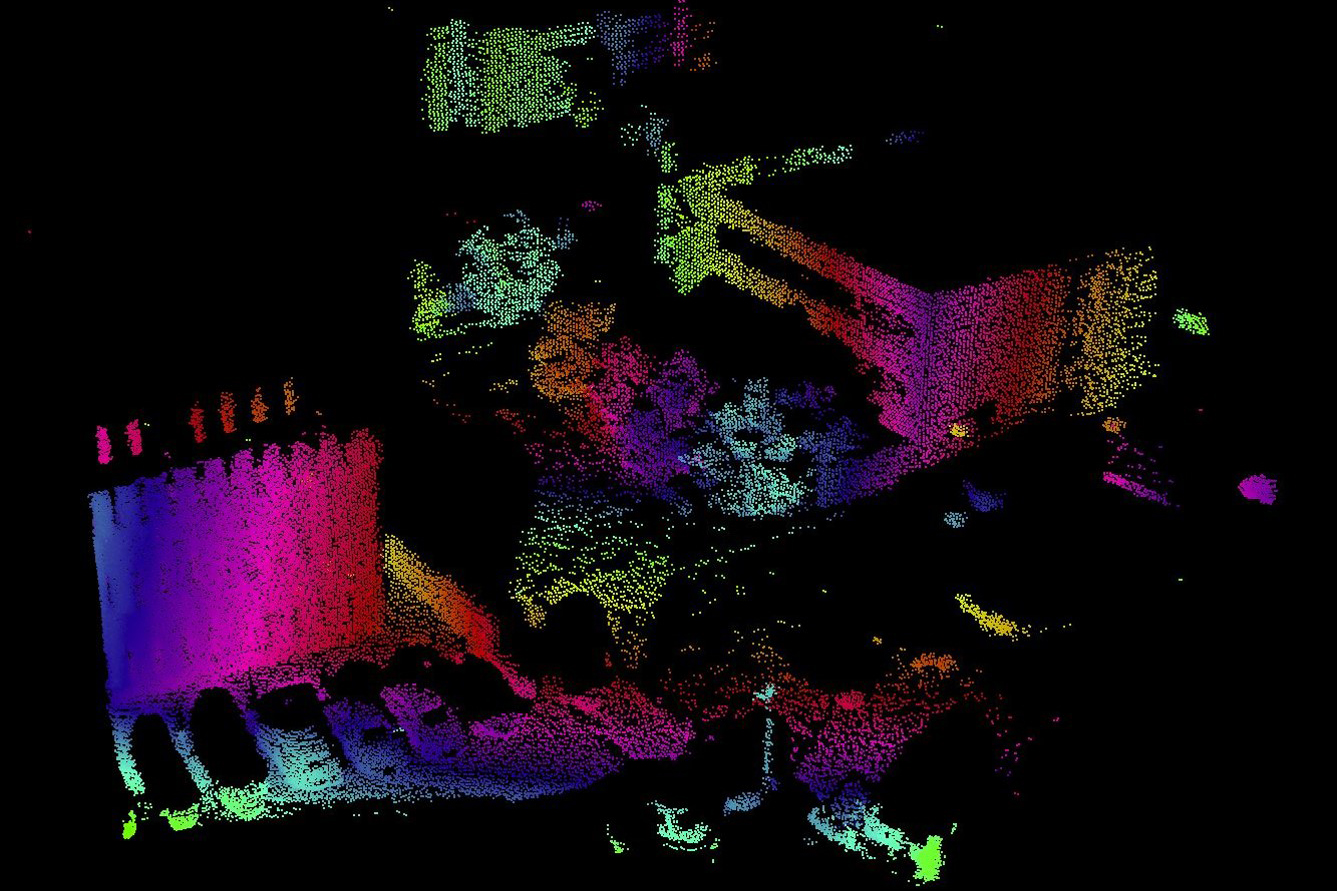
Better protection from exhibitions to low ionizing radiations in the health sector
April 12, 2019
Active control to improve the performance of hydraulic turbines
May 21, 2019The Centre for Sensors, Instruments and Systems Development (CD6 UPC) and BEAMAGINE, S.L., a spin-off from the same Centre, have begun to participate in the European project VIZTA (Vision, Identification and Z-sensing Technologies and Key Applications).

The aim of VIZTA is to capitalize on and develop technologies and components in the field of optical sensors and light sources for short- (up to 5 m), medium- (up to 60 m) and long-range (over 100 m) 3D detection, and demonstrate its value in applications including the automotive industry, security, smart buildings, mobile robotics for smart cities and industry 4.0.
Among the technologies that will be developed during the execution of the project, CD6 and BEAMAGINE will work in the automotive area and their activities will focus on long-range detection using LIDAR (Laser Imaging Detection and Ranging). In particular, the UPC and Beamagine will act as specifiers of the detectors and light sources that are developed in European laboratories in the consortium that are related to this application. They will undertake the tasks of designing, constructing and integrating the components into operational prototypes, and will validate their features. Long-range LIDARS are key components in the development of the set of sensors for future autonomous vehicles, as they are at the limit of the component specifications and current regulations. A number of technologies are competing to attain the right characteristics in a market as large as that of the automotive sector.
The project kick-off took place in Paris on the 20 and 21 May. VIZTA, which will last 42 months, is funded through the Horizon 2020 programme, in particular JU ECSEL (Electronic Components and Systems for European Leadership), initiative, and co-funded by the Spanish state. The transnational consortium that is involved brings together 23 members from 9 European countries with a total budget of 88 million euros and is led by ST Microelectronics (France). Within the consortium are 6 Spanish members (4 Catalans), with a national budget of 5 million euros, which makes it the largest collaborative project associated with industrial photonics that has been undertaken in Spain.
Technology
Sector
You want to know more?
Related Projects
- The Barcelona Innovative Transportation (BIT), the Research Center in Automotive and Advanced Mobility (CER-AMA) and The Future Mobility Research Hub (CARNET) research groups from the Universitat Politècnica de Catalunya - BarcelonaTech (UPC) are participating in the E-MED project, which aims to optimise energy and resource efficiency in public transport systems by addressing energy price fluctuations through smart and participatory solutions across the Mediterranean region.
- A research team involving the Barcelona Innovative Transportation (BIT), inLab FIB, CARNET Barcelona – Future Mobility Research Hub (CER-AMA), and the Department of Computer Architecture (DAC) of the Universitat Politècnica de Catalunya - BarcelonaTech (UPC) is driving the i-MovE project, which aims to incorporate multisectoral data to provide much more accurate and valuable information for the mobility sector. The project develops four use cases focused on both companies and mobility authorities, covering public and individual transport, using the UPCxels demonstrator.
- The Research Center for Supervision, Safety and Automatic Control (CS2AC-UPC) at the Universitat Politècnica de Catalunya - BarcelonaTech (UPC) has coordinated the SaCoAV project, focused on researching new methods and tools to ensure the safe coordination of autonomous vehicles in urban environments.
- As part of the USEFUL project, the Centre for Sensor, Instrumentation and Systems Development (CD6) at the Universitat Politècnica de Catalunya - BarcelonaTech (UPC) has equipped a low-emission vehicle that will drive through the streets of Terrassa with optical sensors integrated into a complex system for data computing, visualisation, and storage. This car will collect and store thousands of anonymous driving data points, which will be used to develop more accurate algorithms for autonomous driving.




